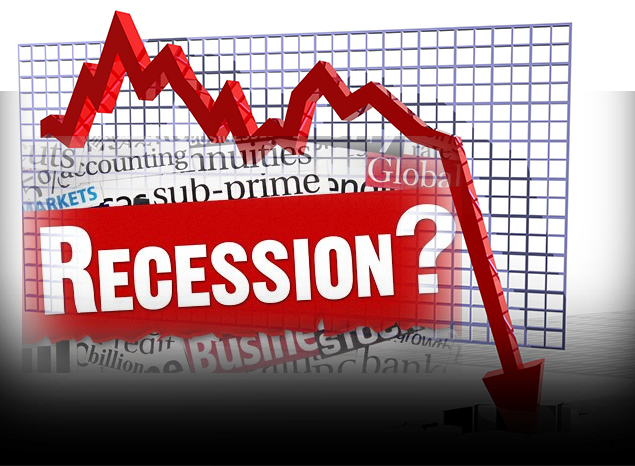Treasury Yield Inversion 101

Short term bills yield less than long-term bonds, in a normal yield curve scenario. Basically, it’s because investors expect a lower return when their money is tied up for a shorter period of time. They intend to receive a higher yield when they are willing to tie up their capital for a longer period of time. During an inversion however, investors display little to no confidence in the near term economy, because they are willing to tie up capital for a longer time with lower yields rather than during a “riskier” short term. During healthy economic growth, a 30-year bond will typically return a yield at least 3 points higher than a 3-month bill. Yes, it’s true that an inversion is a precursor to a recession, but the recession onset doesn’t typically begin for six to eighteen months. And what most investors don’t realize is that the stock market will typically sprint to the finish line before succumbing to recessionary pressures.
In spite of all the media’s gloom and doom, history shows that great market gains have occurred in the window preceding the recessionary turn. As a matter of fact, during the last three inverted yield curve events, the market didn’t peak until eighteen months later and each time the stock market gained 21% on average. In 1998, the first inversion occurred almost two years before the market peaked and stocks were able to soar 40% before the turn. However, this brings two important considerations into the current scenario. First, the market is oversold, buyback programs have become a big part of rising stock values, and having returned to reduced interest rate policies, the Fed is conspicuously low on recession fighting tools. Secondly, the global economy is undoubtedly slowing, the trade war with China is taking a higher than anticipated toll on the global market, and our growing national debt is dwarfing our slowing GDP.
The first yield inversion in our current scenario took place on December 3, 2018, again in March, 2019, and several times last month. So, by December we’ll already be 12 months into “the stock market window.” No doubt it’s a more dangerous scenario than its predecessors, due to increased global political tensions, increased trade tensions, and a slowing global economy. Also adding to the danger is an apparently catatonic Fed unfazed by any element of economic reality, an overheated bull market that’s been begging for a break, and the foreign investment and stock buyback programs that have provided the lion’s share of market growth for the past year. Such that when it happens, all the ingredients are in place to make for a potentially dramatic, immediate, and precipitous stock market collapse of epic proportions.
For these reasons and more, it behooves investors to protect their assets like never before, especially with physical precious metals that have a history of maintaining or increasing in value, particularly when other traditional financial instruments fall or fail completely. Today’s prediction from Citibank that gold could hit $2,000 an ounce in the next year or two is just another good reason to stock up, while prices are still more than a bargain and still below previous highs. Call the experts at American Bullion for assistance at (800) 653-GOLD (4653).



